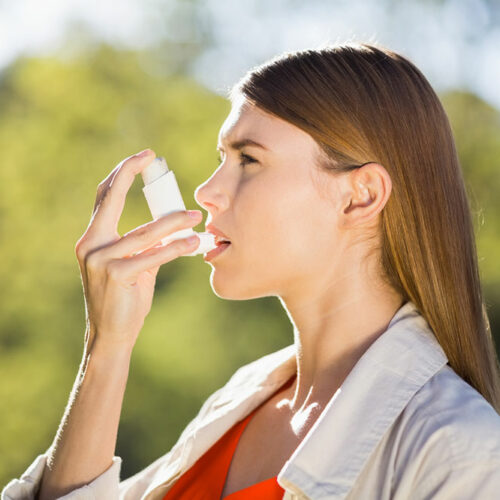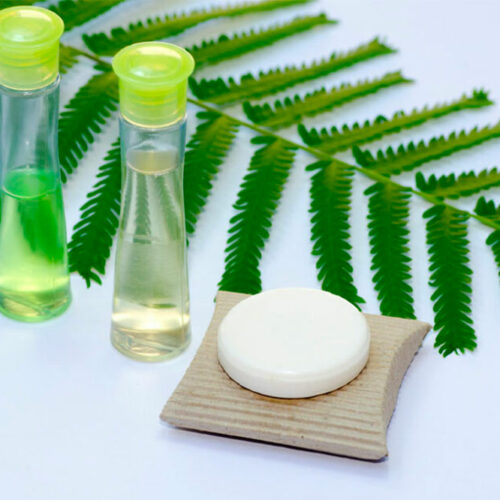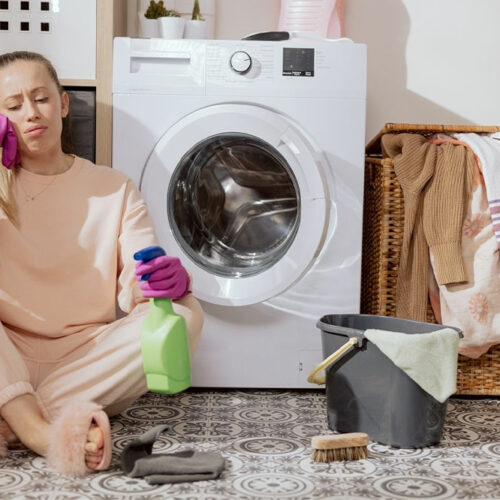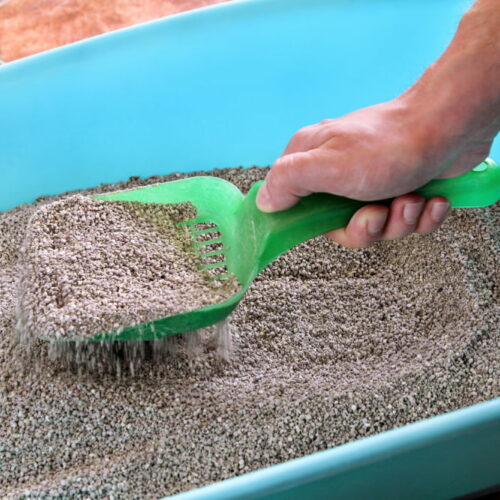6 potentially harmful household products that can affect the eyes
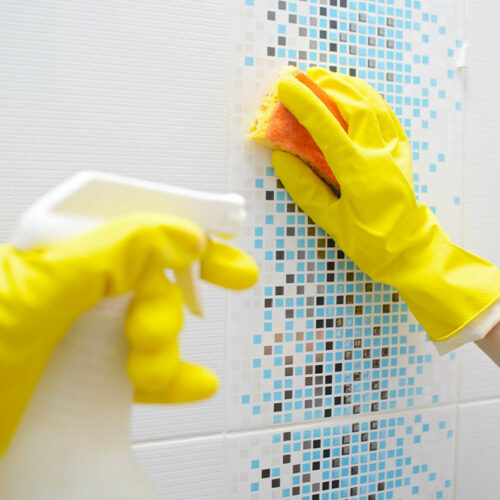
According to the American Academy of Ophthalmology, nearly half of all eye injuries happen at home. Whether it’s a cleaning product that burns your eyes or a potential hazard around your home, it is vital to be aware of potentially harmful household products that could hurt your eyes and affect your vision. Here are six products that you must take precautions with when using them to protect your and your loved ones’ sight: Cleaning supplies: Cleaning products often comprise chemicals such as ammonia, bleach, triclosan, and formaldehyde, which can lead to severe irritation, inflammation, and burning if they come into contact with your eyes. Be sure to read the manufacturer’s instructions carefully before use. Avoid mixing two or more different products. When using cleaners, remember to keep the area well-ventilated to get rid of any toxic fumes, spray with the nozzles facing away from your face, refrain from using strong chemicals in small spaces, and use safety gear, such as goggles and gloves, when using products like oven cleaners, stain removers, degreasers, toilet cleaners, and other potent disinfectants. Mascara: Liquid eye products, such as mascara, can be home to many germs. Doctors recommend replacing these products every three months to reduce the risk of bacterial buildup that may cause eye irritation or inflammation.
